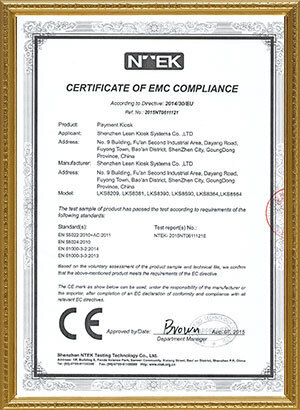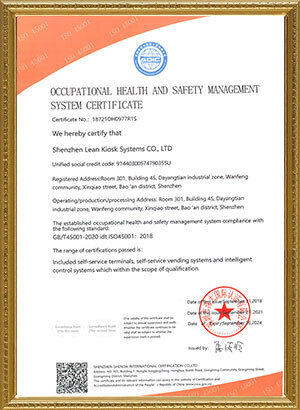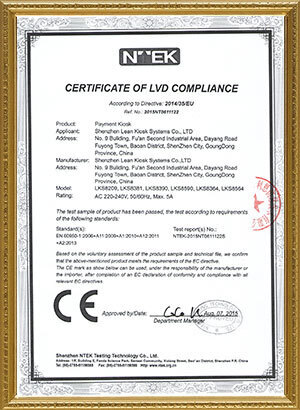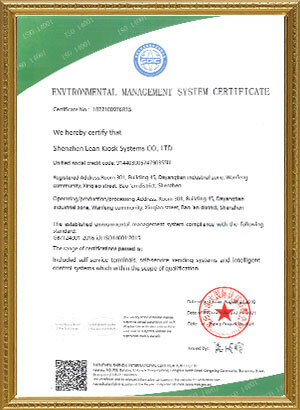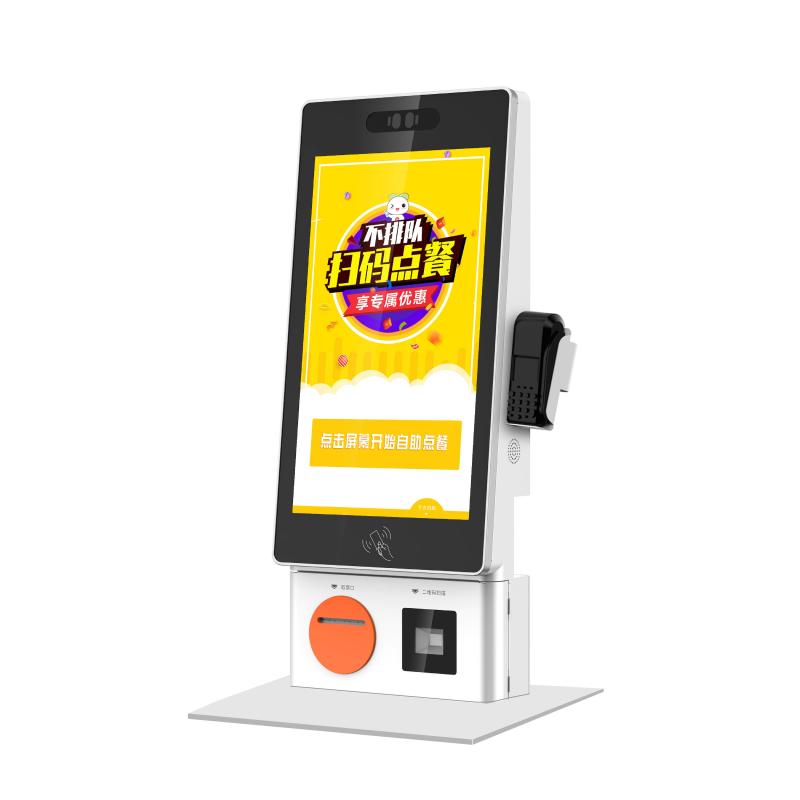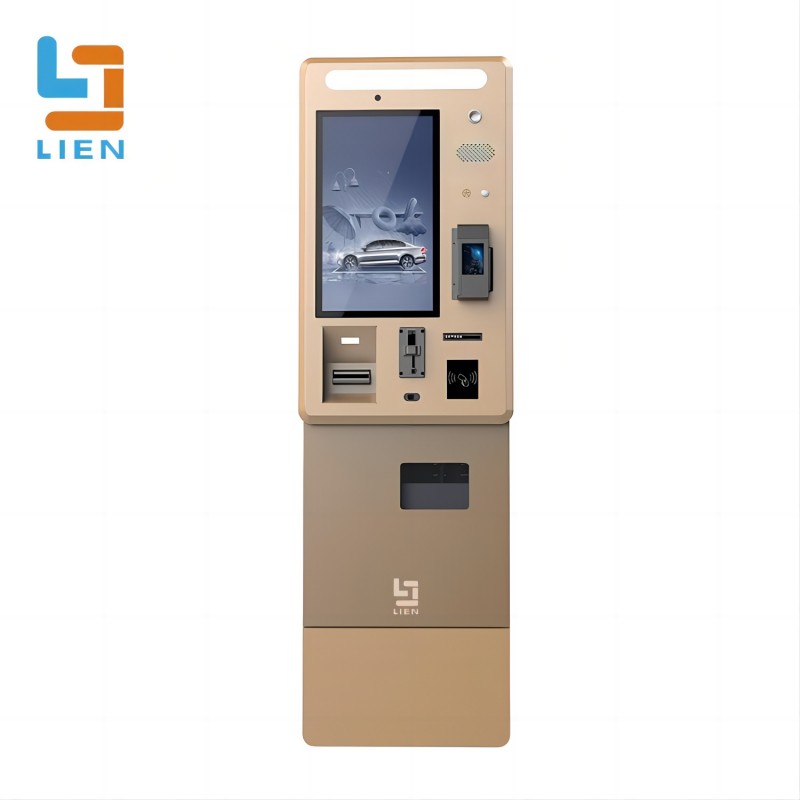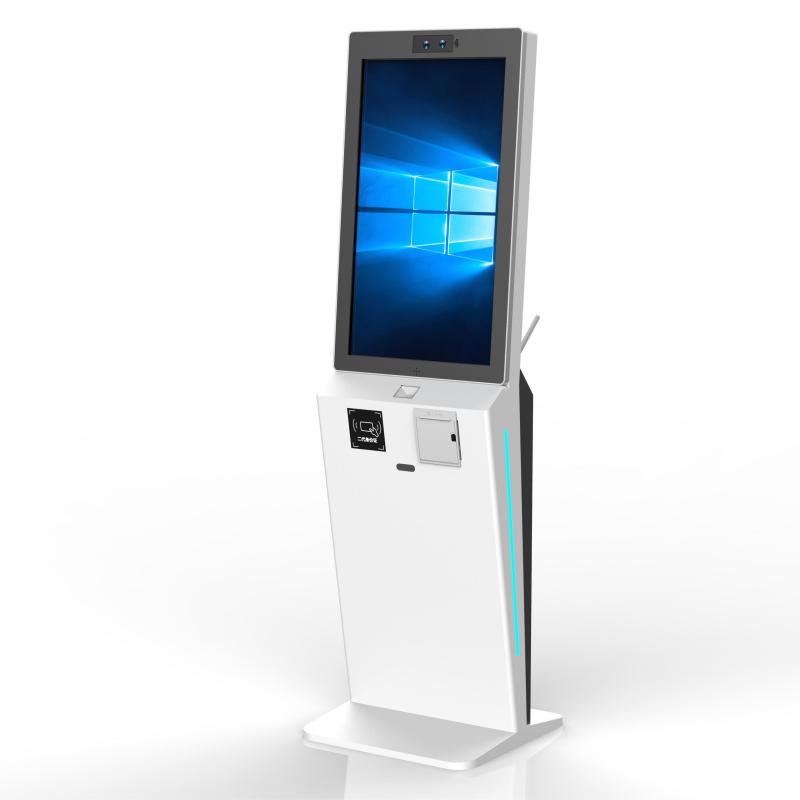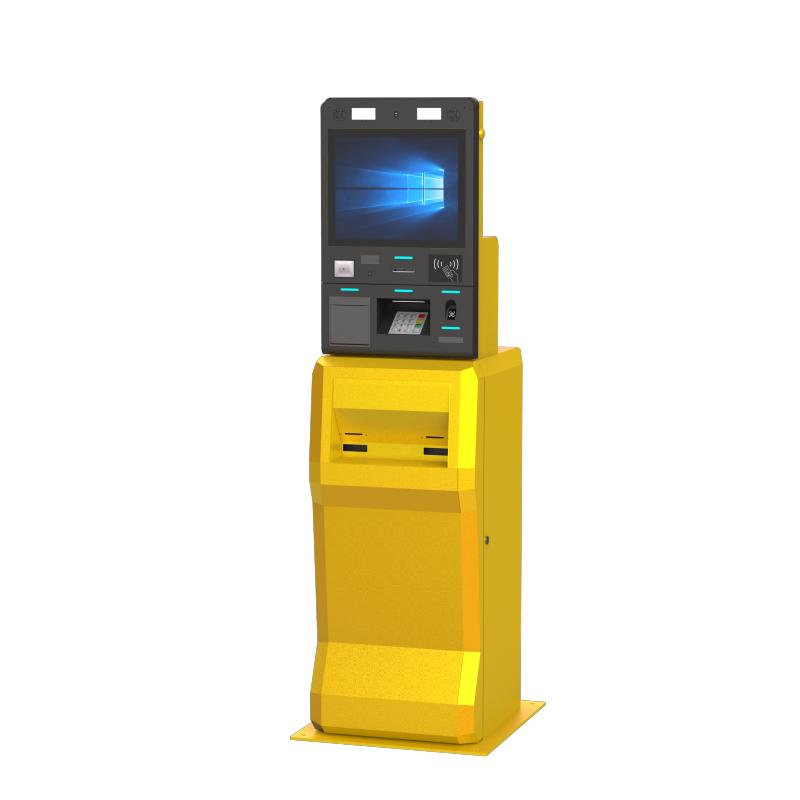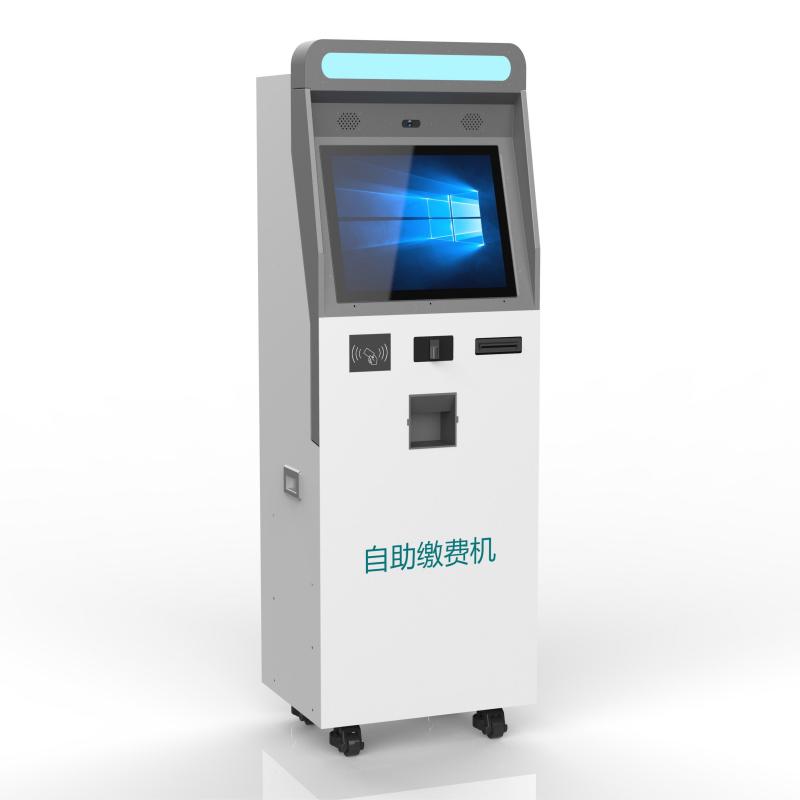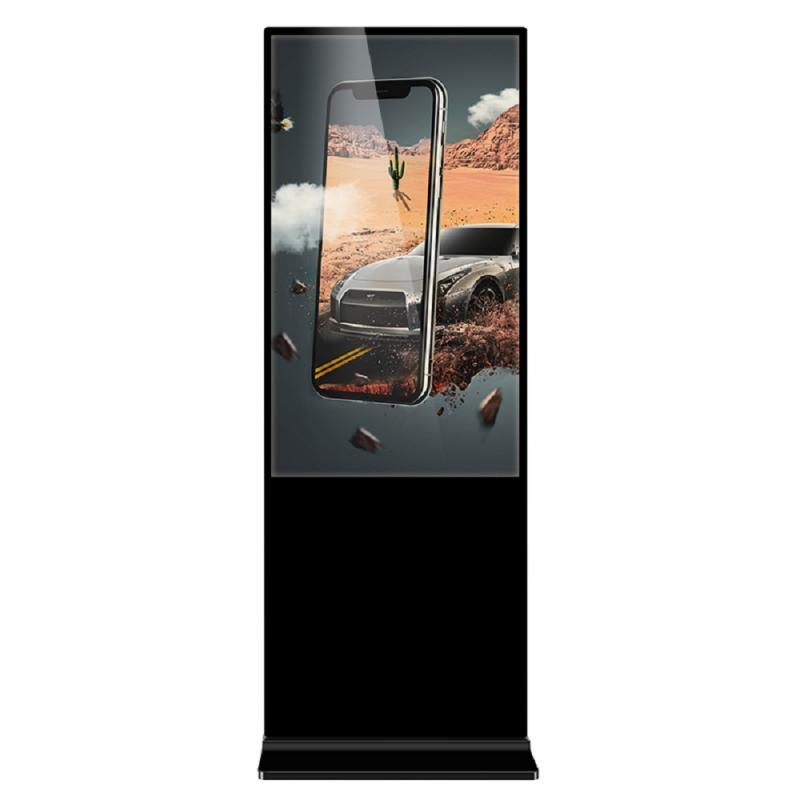






—— Bill from America
—— Jack from United Kingdom
—— James from Russia
—— Mike from America
—— James from Iran
—— James from America
A computer kiosk touch screen refers to a self-contained interactive terminal equipped with a touch-sensitive screen that allows users to access information, perform transactions, or interact with applications without the need for direct human assistance.
1. Touch-Sensitive Display: Utilizes a touch-sensitive screen that allows users to interact directly with the interface through touch gestures like tapping, swiping, and pinching.
2. Integrated Computing Capability: Contains a built-in computer or computing device capable of running software applications, processing data, and connecting to networks for various functionalities.
3. High-Quality Display: Features a high-resolution LCD or LED display that provides clear and vibrant visuals for displaying information, graphics, and multimedia content.
4. User-Friendly Interface: Designed with an intuitive user interface (UI) that enables easy navigation and interaction, ensuring a seamless user experience.
5. Versatile Applications: Supports a wide range of applications and services, including:
- Information dissemination (e.g., directories, maps, product catalogs).
- Transactional services (e.g., ticketing, payments, reservations).
- Interactive experiences (e.g., surveys, virtual tours).
6. Peripheral Integration: Includes interfaces or ports for integrating peripheral devices such as printers, bar-code scanners, card readers, and cameras to extend functionality and support specific tasks.
7. Connectivity Options: Provides connectivity through Ethernet, Wi-Fi, and sometimes cellular networks, enabling access to online services, real-time data updates, and remote management capabilities.
8. Security Features: Incorporates security measures to protect user data and ensure secure transactions, including encryption protocols, secure login procedures, and physical security enhancements.
9. Customization Capabilities: Allows customization in terms of:
- Branding and visual design to reflect corporate identity.
- Content management to display tailored information or promotional content.
- Hardware configuration to meet specific functional requirements and environmental conditions.
10. Durability and Reliability: Built with durable materials and components to withstand frequent use in public environments, ensuring reliability and longevity of the kiosk system.
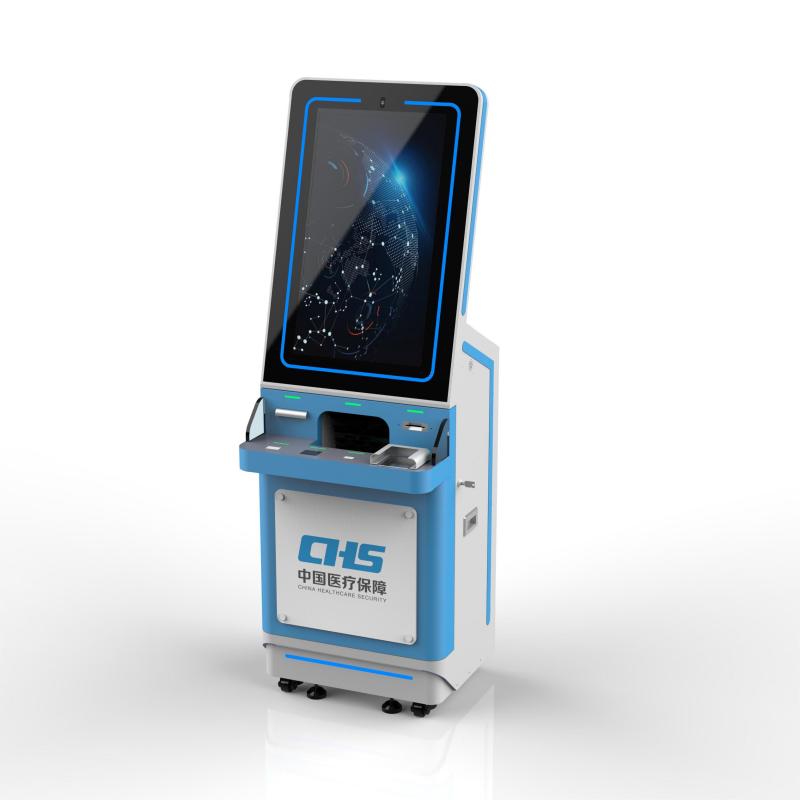
- Improved Customer Experience : Provides an engaging and efficient way for users to access information or complete transactions.
- Cost Savings : Reduces labor costs and can lead to increased sales through targeted promotions and easy access to product information.
Customization of kiosk touch screen LCD monitors allows businesses and organizations to tailor the user experience to specific needs and enhance functionality. Here are key aspects of customization:
1. Branding and Visual Design:
- Branded Interface: Customize the user interface (UI) with company logos, color schemes, and typography to reflect brand identity.
- Themed Templates: Use themed templates for seasonal promotions, events, or campaigns to maintain brand consistency.
2. User Interface (UI) Design:
- Intuitive Navigation: Design intuitive menus, buttons, and touch areas to guide users through interactions and tasks seamlessly.
- Gesture Support: Optimize touch sensitivity to support gestures such as tapping, swiping, and pinch-to-zoom for smooth user interaction.
3. Content Management:
- Dynamic Content: Display dynamic content such as videos, animations, and real-time information feeds to engage users and deliver relevant updates.
- Content Scheduling: Schedule content changes based on time of day, day of week, or specific events to keep information current and targeted.
4. Multimedia Integration:
- Interactive Applications: Integrate interactive features like virtual assistants, product catalogs, interactive maps, and surveys to enhance user engagement.
- Video Walls: Combine multiple kiosk screens to create video walls for larger-scale displays or synchronized multimedia experiences.
5. Functional Customization:
- Payment Options: Customize payment processing to support various methods including credit/debit cards, mobile payments, and contact-less transactions.
- Service Integration: Integrate with back-end systems such as POS systems, CRM platforms, inventory management, and customer support for seamless service delivery.
6. Accessibility Features:
- Accessible Design: Implement features such as adjustable font sizes, audio outputs, and tactile feedback to accommodate users with disabilities.
- Multilingual Support: Provide language options to cater to diverse user demographics, ensuring inclusivity and accessibility.
7. Security Features:
- Secure Transactions: Ensure secure payment processing and data encryption to protect user information during transactions.
- Physical Security: Enhance kiosk security with robust enclosures, anti-tamper mechanisms, and surveillance options for outdoor and high-traffic areas.
Address: No. 99-15, Fuan intelligent manufacturing Industrial Park, Dayang Road, Fuhai Street, Baoan District, Shenzhen, China


